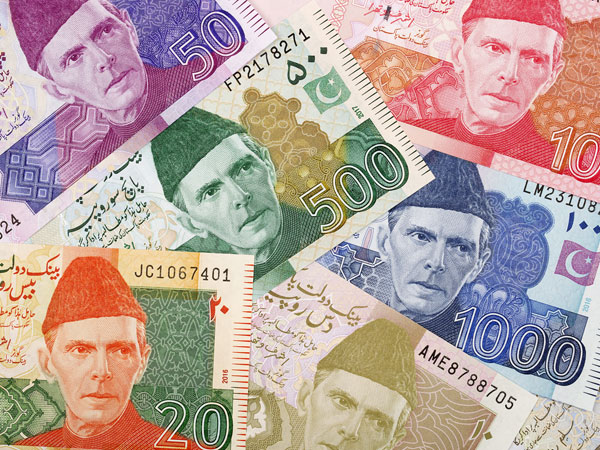 Pakistan’s budget deficit soared to Rs5.3t (7.9pc of GDP) in the previous fiscal year, owing mostly to the large subsidy given by the previous administration on oil goods and power.
Pakistan’s budget deficit soared to Rs5.3t (7.9pc of GDP) in the previous fiscal year, owing mostly to the large subsidy given by the previous administration on oil goods and power.
The country’s budget deficit soared to Rs5.3t in 2021-22. For the current fiscal year, the government of Pakistan has set a budget deficit target of Rs3.4t (6.3pc of GDP). However, the deficit increased dramatically as a result of the previous administration’s actions. Overall, the government provided significant subsidies of Rs1.5t in the preceding fiscal year. The primary balance, which measures the difference between the government’s non-interest income and expenses, showed a deficit of Rs2.1t. In the first six months, the primary balance was in surplus by Rs81.073b. However, the previous administration had increased its spending, which, based on the most recent information from the ministry of finance, caused the country’s budget deficit to climb to 7.9pc of GDP.
After a vote of no confidence was taken against the former prime minister Imran Khan, the previous administration provided subsidies on oil goods and energy rates. The enormous subsidy not only caused the International Monetary Fund (IMF) programme to be suspended, but it also increased the budget deficit. Despite a sharp rise in tax revenue and a Rs350b surplus for provincial governments in 2021-2022, the budget deficit has grown. The Federal Board of Revenue (FBR) collected around Rs6,125b in taxes for the current fiscal year 2021-2022, which ended on June 30, 2022, exceeding its yearly target.
In Pakistan’s most recent fiscal year, total expenditures were $13.295t compared to income of $8.035t, resulting in a deficit of $5.3t. Soon after taking over as finance minister in April of this year, Miftah Ismail stated that the budget deficit is anticipated to reach Rs5600b as opposed to the predicted Rs4000b during the previous fiscal year. Interest payments have climbed dramatically once more in terms of expenditures, costing Rs3.182t. The government has paid interest on domestic loans totalling Rs2.828t and international loans totalling Rs353.8b. Defence spending has maintained at Rs1.4t in the meanwhile. In the years 2021-2022, total federal and provincial investment on development remained at Rs1.6t. In addition, the government has spent Rs1.5t on subsidies and Rs1.14t on grants to others, in addition to Rs541.9b for pension payments and Rs546.7b for operating civil government expenses.
The government received over Rs1.28b in non-tax revenues for FY2022, out of the total income of Rs8.035t. In terms of non-tax income, the government received Rs87.8b from markups on public sector organisations, Rs42.9b from dividends, Rs473.5b from the State Bank of Pakistan’s surplus profit, Rs103.4b from the Pakistan Telecommunication Authority (PTA), Rs17.26b from defence, Rs21.6b from passport fees, Rs16.5b from discounts on crude oil, Rs90.8b from royalties on gas and oil, and Rs14.4. As their spending remained at Rs4.336t in FY2022, compared to their receipts of Rs4.687t, the four province governments reported a budget surplus of Rs350.991b. The government allocated the provinces a Rs570b budget surplus for the current fiscal year.